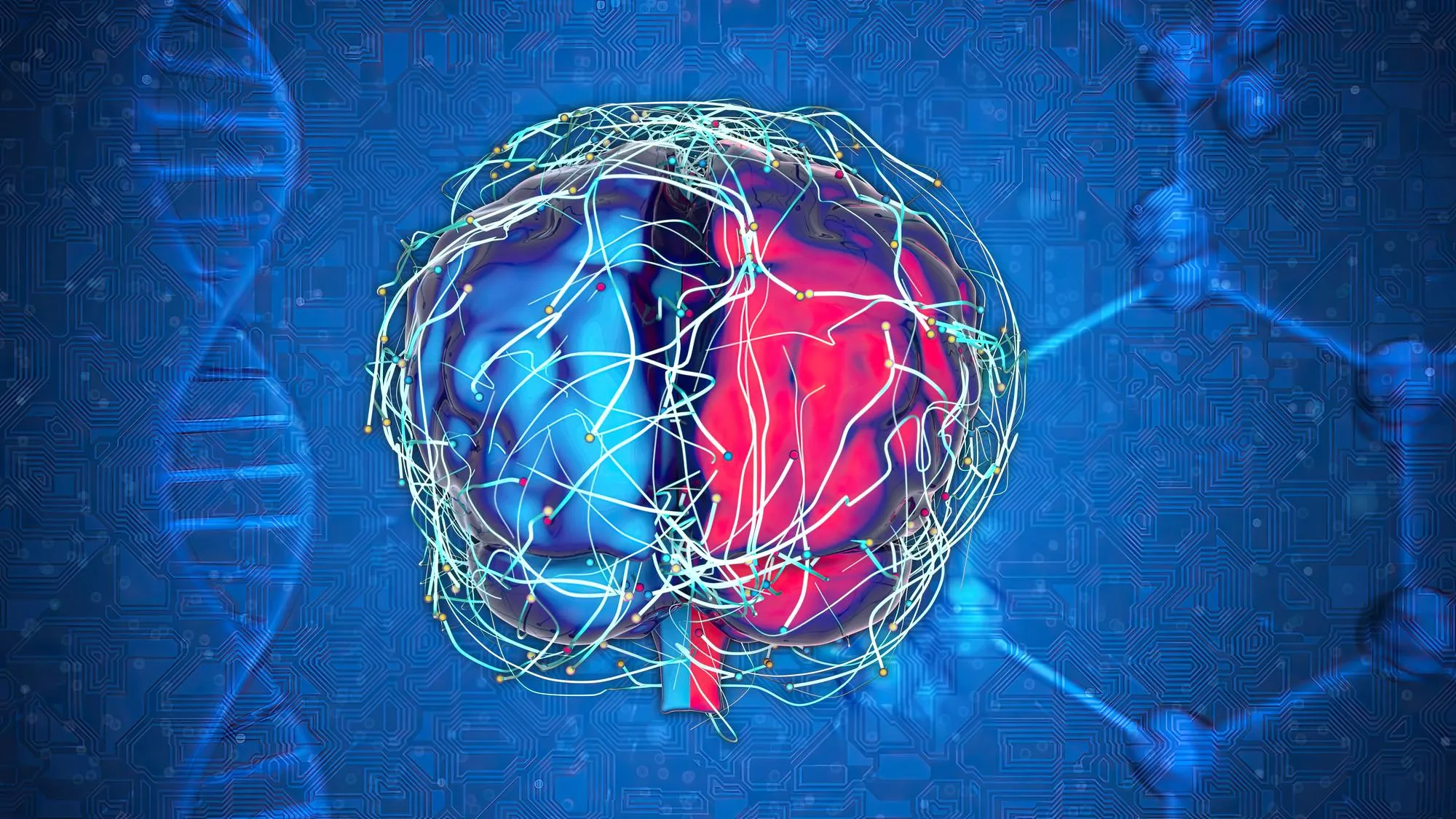Keywords
1. Selenium-related genes in the brain
2. Selenoprotein P expression
3. RNAseq data analysis
4. Antioxidants in neural development
5. Selenium-binding proteins in astrocytes
In a groundbreaking study published in ‘Antioxidants’ (Basel, Switzerland), researchers have taken an extraordinary leap forward in unraveling the complexities of how selenium, an essential micronutrient, is utilized within the brain. This cutting-edge research, conducted by a team led by Sasuclark Alexandru from the Department of Cell and Molecular Biology at the University of Hawaii, presents a cell-type specific analysis of selenium-related genes, providing a more comprehensive understanding of their expression in various brain cells. The research is particularly insightful for its implications in neurodegenerative diseases and cognitive health.
Introduction
Selenium is a trace element with critical functions in various physiological processes, particularly due to its incorporation into selenoproteins that aid in antioxidant defense and redox signaling. This study, titled “Cell-Type Specific Analysis of Selenium-Related Genes in Brain”, delves into how these proteins and related gene expressions differ between the diverse cellular environments of the brain. The research is supported by various grants from institutions like the National Institutes of Health (NIH) and Hawaii Community Foundation, reflecting its significant contribution to neuroscientific inquiry.
Methods and Discoveries
Through meticulous analysis using RNA sequencing technology and resources from the Allen Brain Atlas, the team identified and examined the unique expression patterns of selenium-related genes across distinct brain cells. Notably, their research unveiled that astrocytes, the star-shaped glial cells in the brain, showed concurrent expression of the selenoprotein P (SELENOP) and selenium binding protein 1 (SELENBP1). This co-expression could have consequential effects on the availability of selenium to neurons.
Multi-label immunofluorescent labeling techniques further validated these findings in mouse brain sections. Sasuclark Alexandru and colleagues propose that the interaction between SELENOP and SELENBP1 within astrocytes may intricately regulate selenium distribution, which is pivotal in maintaining neural homeostasis. The finding postulates SELENBP1’s potential role in modulating SELENOP’s synthesis, therefore influencing the flow of selenium to other critical cell types, such as neurons.
Implications for Neural Health
The implications of these findings are profound. The brain is an organ that relies heavily on antioxidant mechanisms to combat oxidative stress, and selenium’s role as a part of this system is indispensable. Disturbances in selenium homeostasis could have detrimental consequences leading to neurodevelopmental issues and neurodegenerative diseases. The research provides new perspectives on the pathways that could be affected in conditions such as epilepsy, Parkinson’s disease, and Alzheimer’s disease.
Contextualizing with Previous Research
Building upon foundational work in the field, including studies by researchers such as Burk R.F. and Hill K.E., Labunskyy V.M., and Wirth E.K., this research deepens our understanding of selenium metabolism and its critical function in cognitive health and disease. It also integrates earlier observations about the importance of selenoproteins in neural function and the repercussions of their dysfunction.
Conclusions and Future Directions
This study marks a significant stride in identifying the nuanced roles that different brain cells have in managing selenium—an essential nutrient linked to protection against neurodegeneration. The researchers advocate for expanded inquiries into how disruptions in selenium processing and distribution can result in pathologies. Further research might reveal potential therapeutic targets for neurological diseases through modulation of selenium-related pathways.
Significance and Public Health Impact
Findings like these are invaluable to the broader goal of personalized medicine. Understanding cell-type specific gene expression helps tailor therapeutic approaches that account for individual variability in nutrient metabolism and deficiency risks. Moreover, the study’s outcomes feed into the broader discussion on the importance of dietary selenium and the potential consequences of its deficiency, thereby impacting public health recommendations.
Access to Data and Ethical Considerations
The open access to RNAseq data made possible by the NIH-sponsored BRAIN initiative and the availability of resources like the Allen Brain Atlas reflect a commendable shift towards transparency and sharing in scientific research. Moreover, this study’s ethical clearance and declared absence of conflict of interest by the authors reinforce the integrity of the research findings.
References
1. Sasuclark Alexandru R. et al. Cell-Type Specific Analysis of Selenium-Related Genes in Brain. Antioxidants (Basel). 2019 May 05;8(5):120. doi: 10.3390/antiox8050120.
2. Burk R.F., Hill K.E. Regulation of Selenium Metabolism and Transport. Annu. Rev. Nutr. 2015;35:109–134. doi: 10.1146/annurev-nutr-071714-034250.
3. Labunskyy V.M., Hatfield D.L., Gladyshev V.N. Selenoproteins: Molecular pathways and physiological roles. Physiol. Rev. 2014;94:739–777. doi: 10.1152/physrev.00039.2013.
4. Wirth E.K., Conrad M., Winterer J., et al. Neuronal selenoprotein expression is required for interneuron development and prevents seizures and neurodegeneration. FASEB J. 2010;24:844–852. doi: 10.1096/fj.09-143974.
5. Byrns C.N., Pitts M.W., Gilman C.A., et al. Mice lacking selenoprotein P and selenocysteine lyase exhibit severe neurological dysfunction, neurodegeneration, and audiogenic seizures. J. Biol. Chem. 2014;289:9662–9674. doi: 10.1074/jbc.M113.540682.
In conclusion, the article by Sasuclark Alexandru and colleagues elucidates the intricate balances managed by diverse neural cell types in maintaining selenium homeostasis within the brain. Their pioneering work is likely to pave the way for new insights into the prevention and treatment of oxidative stress-related neurological disorders using selenium-based interventions. The study is significant, not only for its scientific merit but also for its potential to inform future dietary and clinical practices that could enhance neural health through effective selenium metabolism.
The research holds great promise and warrants further investigation to unlock potentially revolutionary therapeutic avenues and neuroprotective strategies against a backdrop of rising neurodegenerative disease prevalence worldwide.
